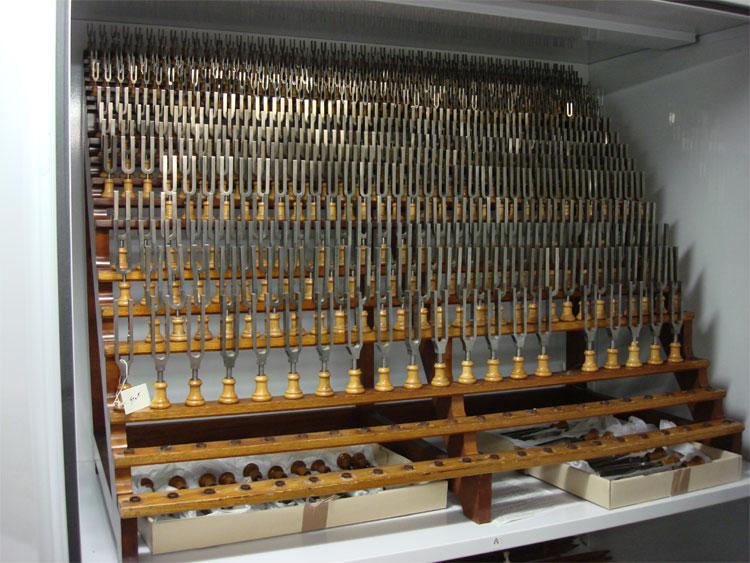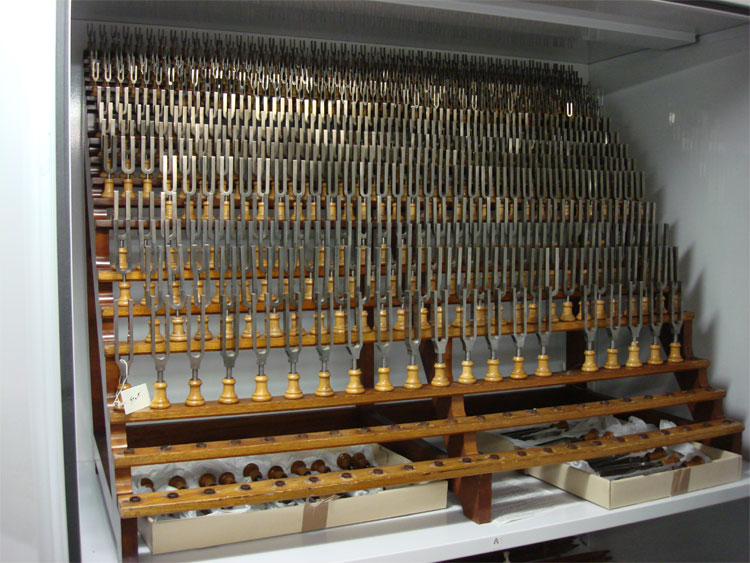
It’s a fine art; a daily function of a writer, of course. But last night, the wrestling of a word was the spark for a lively after presentation debate by a room full of seasoned academics, savoring the deep intellectual, cultural refractions, ramifications and subtleties, which were presented by such options of choice. I was invited to accompany a friend to a session of The Smithsonian Forum of Material Culture, meeting jointly with the Smithsonian Music Forum, for its 91st Quarterly Meeting on “Convergence of Cultures through Music”, held at the National Museum of the American Indian. To be honest, going purely by the title of accreditation, I was not overly optimistic of a high stepping night of entertainment, or fizzy badinage.. But the succinct details of the scope of the presentation, identifying headings such as “Musical Crossroads”, “’Turkish’ Military Music and its Influence East and West”, and “Sound Séance: The 19th Century Grand Tonometer as Inspiration for 21st Century Digital Sound Art” suggested several options for possible engagement, if not new information. Dr Dwandalyn Reece spoke first, and detailed her current endeavor, as Curator of Music and Performing Arts for the Smithsonian Institution National Museum of African American History & Cuture, to present the broad scope of cultural exchange and influence of African American music, and its roots, as well as the full platform of performance and presentation by African American musicians and musical entrepreneurs, was prodigious, and served as a construct for inquiry, in the follow up Q&A, on how one goes about gleaning the myriad strands of influence and culture, woven through the larger tapestry of culture in which African Americans participate, and present, to every faction’s satisfaction, the full achievement and reach of the exchange, influence and performance history.. Needless to say, this was a huge chew of a subject, and initial foray into the realm of convergence of culture, and Dr Reece’s answers to all the nuances of the task were thoughtful, insightful, contextual and unflinching. The next presentation was a joint one, given by Michael Wilpers, Ethnomusicologist and Manager of Public Programs, Freer Sackler Gallery, and Cynthia Adams Hoover, Curator Emeritus of Musical Instruments, National Museum of American History, and identified not only the instruments, in 19th century America and Europe which absorbed and evidenced, under the broader rubric ‘Turkish’, origins of influence by Persian and Asian culture, but the original application of music, in the indigenous arenas, of war, society, and celebration. Steven Turner, Curator of Physical Science, National Museum of American History, led the way into the final presentation, and wryly offered himself as an unblemished Don Quixote, champion and protector of scientific relics, who was unceremoniously unseated from his staunch view by the artistic ‘Sancho’ of Richard Chartier, 2010 Smithsonian Artist in Residence, Digital Sound Artist, who rumbled Turner’s universe (of original application use only), by showing what waves of music awaited in the curator’s holy chamber –specifically, what sensuous and unnerving sounds held in the still, 19th century behemoth, created by French scientist Rudolph Koenig, called the “Grand Tonometre”. This Victorian example of craft and science is an immense presentation of tuning forks, pitch perfect, and set in series, moving in scale from miniscule to magnificent. It was Richard’s imagination that saw this work as instrument to be made song, rather than science to remain static, and the entertainment of his growing relationship, and engagement of the curator of this wonder, was the wit in the tale of the Tonometre’s debut to the ears of 21st century audiences.
Rudolph Koenig's Grand Tonometre
The reach of the session’s parameter though, “Convergence of Cultures through Music”, rocked onto debate, in the after session upstairs, when the question about ‘word choice’ released opportunity to investigate the ‘heat’ words generate; was “convergence” too prejudicial a term –what about utilizing “hybrid”? What exactly was trying to be intimated by the terms that were being applied to “music” here –‘invasion’, ‘interference’, ‘contamination’- what words could be used that did not offer a heated resonance, so that investigation of the depths of influence in music might be discussed without ‘pointing’, or ‘prejudice’? Suddenly, the realm of music removed of its application for entertainment, showed itself as the lance, the tip of which skewered and collected remnants of sovereign genus; it quivered as weapon, and could be observed as conqueror –all, by identifying the nuances of the word ascribed to its introduction..

